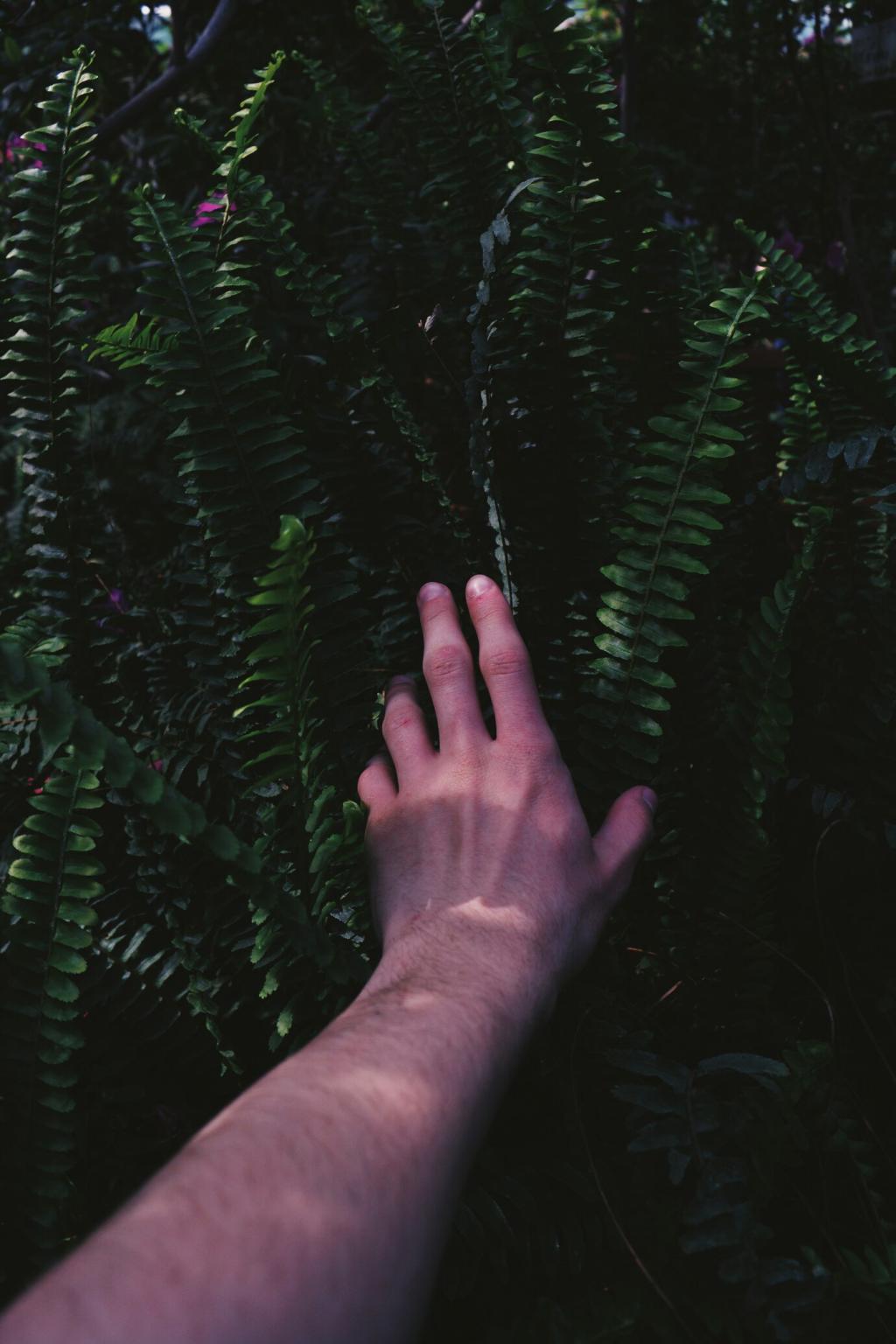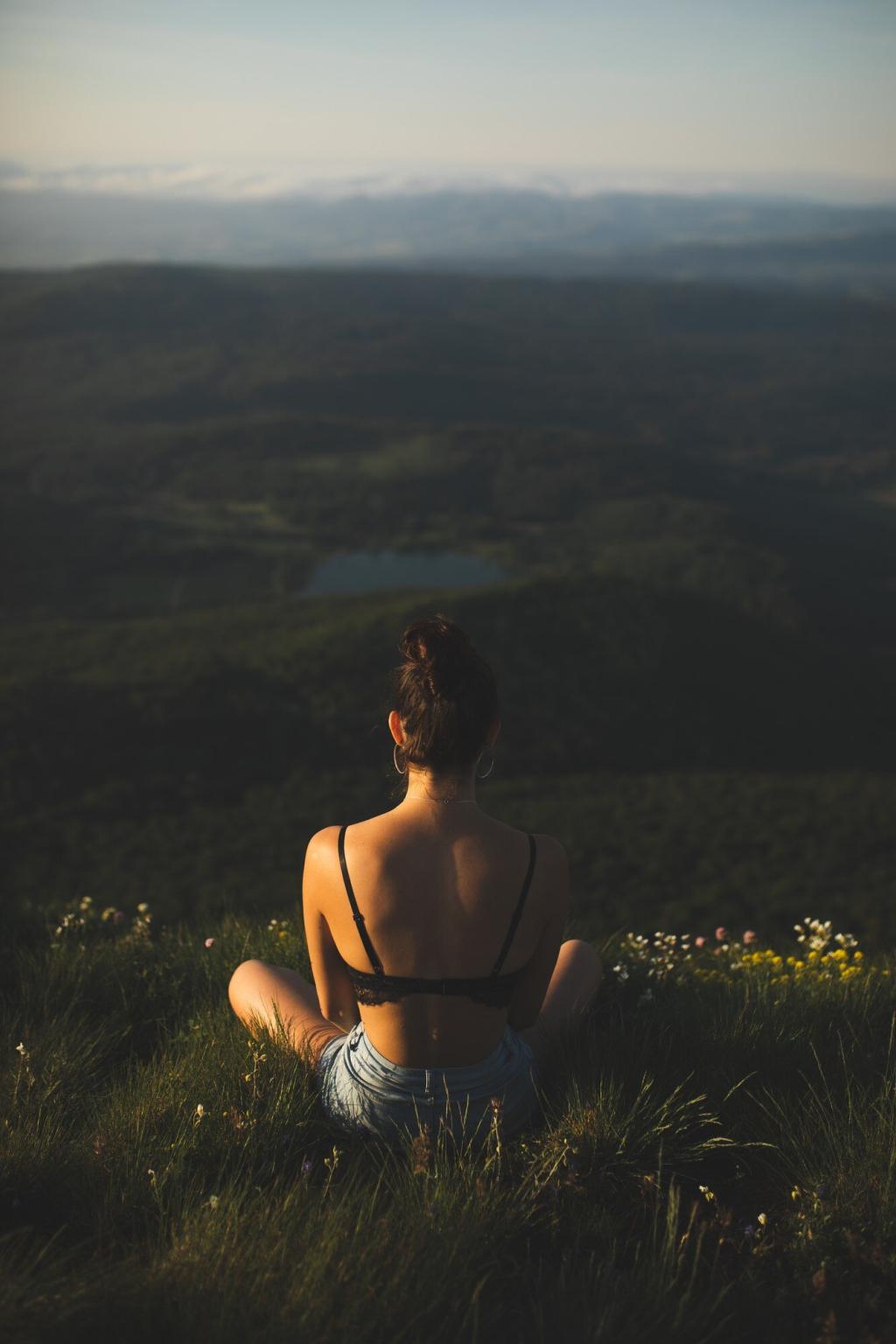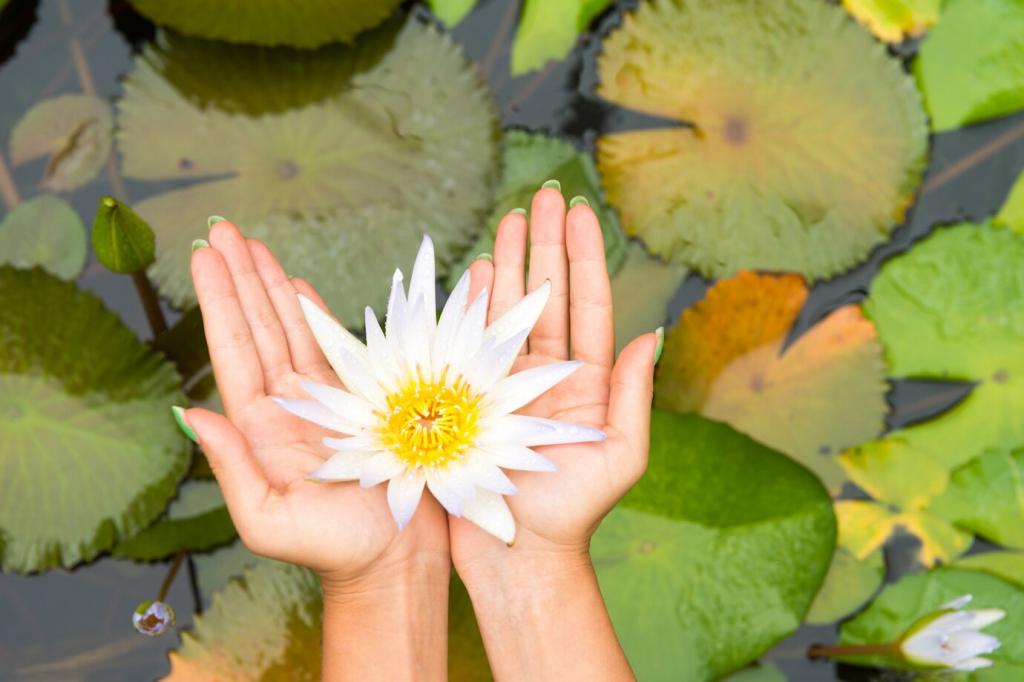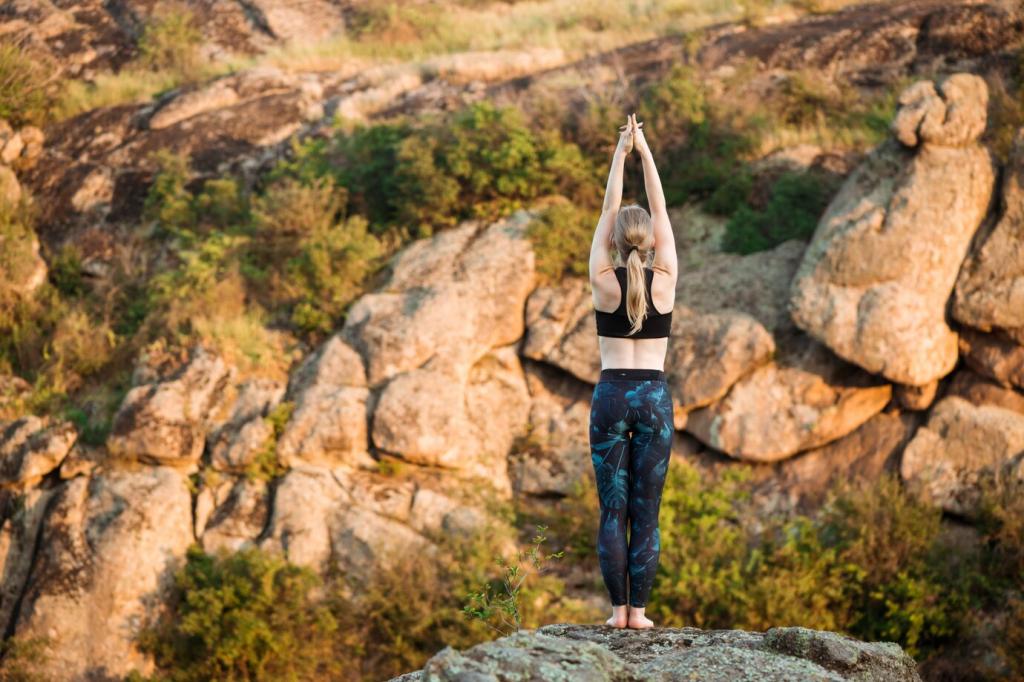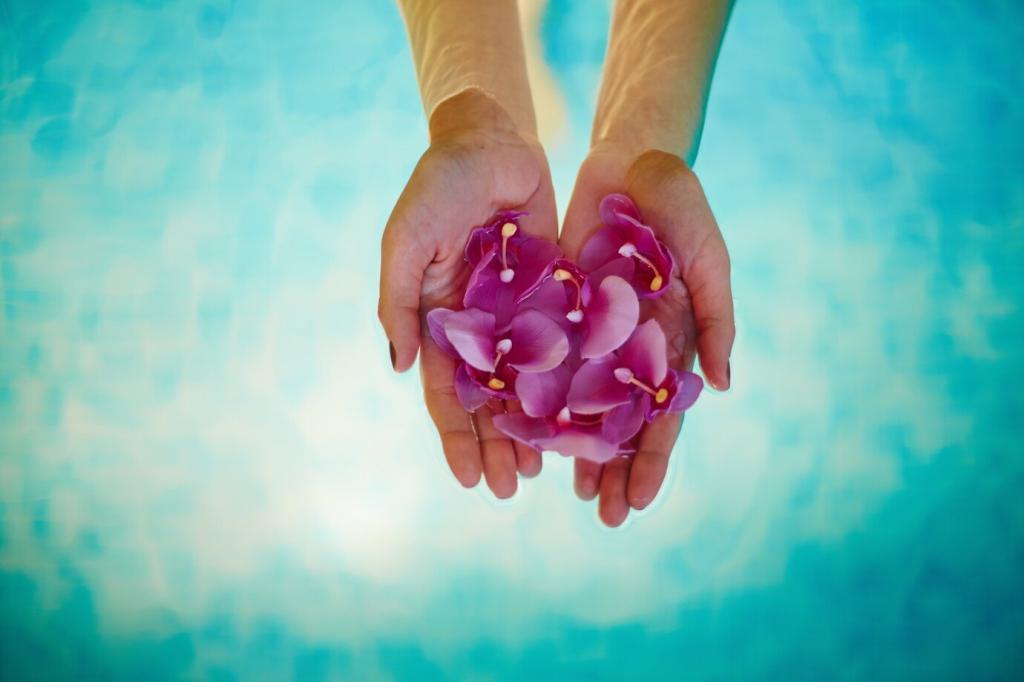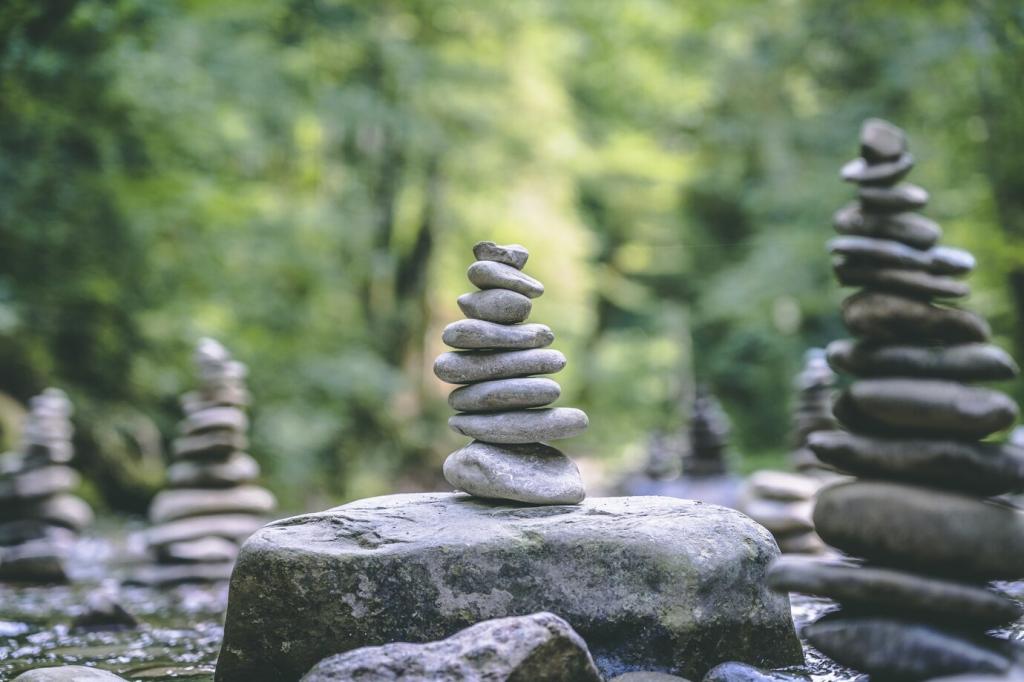Join the Movement: Community, Stewardship, and Next Steps
Sketch with shadows for five minutes at sunrise, trace wind paths with ribbons, or arrange gratitude leaves. Integrating Eco-Art Therapy with Natural Landscapes grows through tiny, repeatable acts that stitch creativity into ordinary commutes and lunchtime walks.
Join the Movement: Community, Stewardship, and Next Steps
Pack a small cloth, journal, binder clips, beeswax crayons, and a reusable water jar. Integrating Eco-Art Therapy with Natural Landscapes thrives on portability, lowering barriers so spontaneous sessions can bloom whenever a welcoming patch of ground appears.

